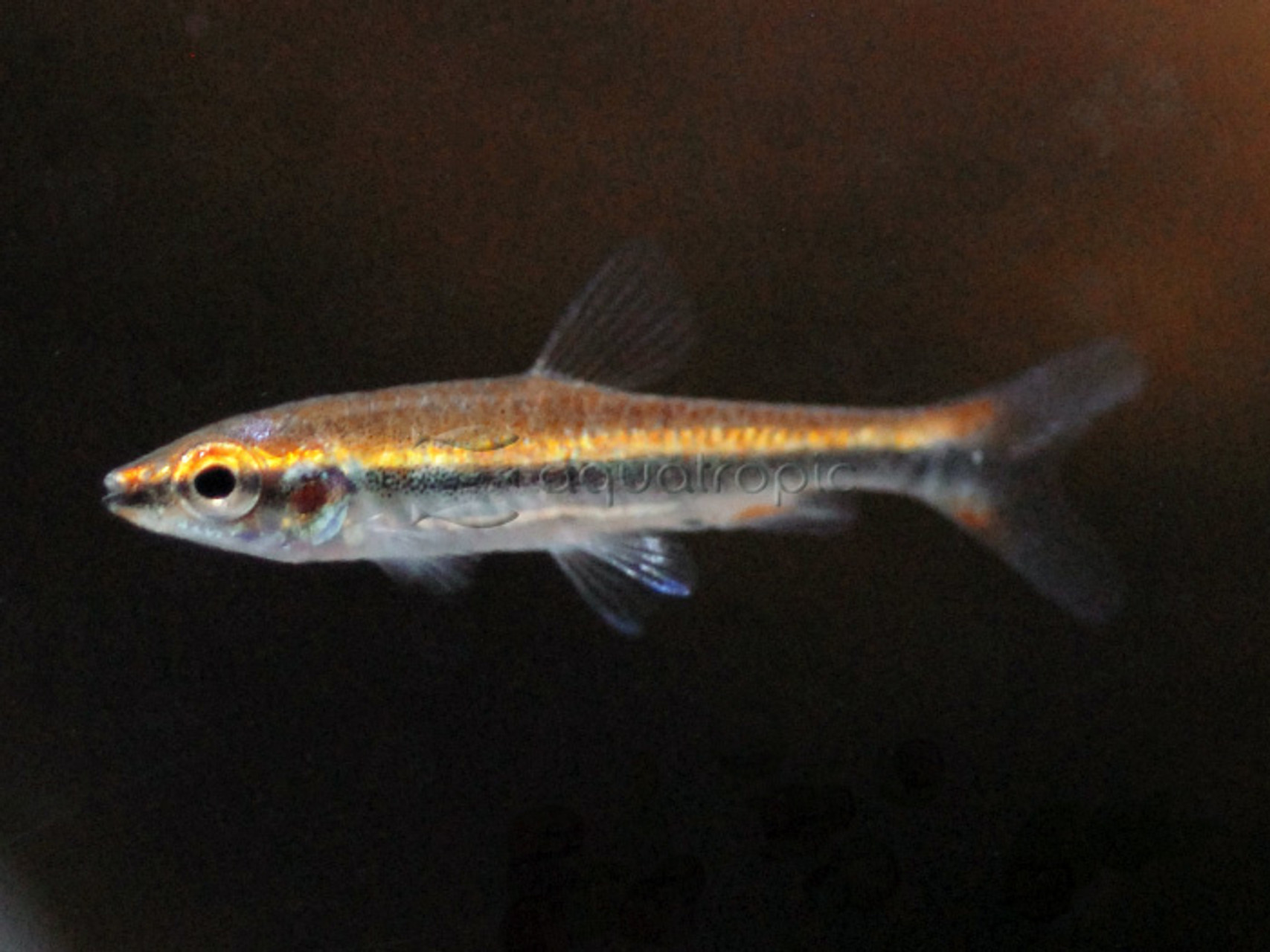Beckford’s Pencilfish (Nannostomus beckfordi)

At first glance, a pencilfish might seem like just another South American tetra, but this group is a bit different and definitely worth getting to know. In total, there are 20 species, all belonging to the genus Nannostomus. The name translates as “tiny mouth”, and it certainly does describe these delicate little fishes well. With their thin, streamlined bodies, it does not take much imagination to see how they came to be called pencilfishes.
But unlike a true tetra, which belong to the family Characidae, pencilfishes are part of the small family Lebiasinidae. In this group you’ll also find aquarium staples like the Copella splash tetras and the Pyrrhulina tetras (sometimes known commonly as pyrrhulinas), along with a few other lesser-known genera, all of which have somewhat similar body shapes. The morphological differences that serve to separate this family from the true tetras are in fact relatively minor and would be apparent only to a taxonomist. In fact, it was only in recent years that the evolutionary origins of this family became properly understood. It turns out the closest relatives of the lebiasinids can be found among the large, predatory pike-characins in the family Ctenoluciidae.
Nannostomus are all small fishes, which, depending on the species, can range in size from less than an inch to just around two inches. The genus occurs exclusively in the tropical portions of South America, in sluggish portions of the region’s various freshwater ecosystems. These little fishes are rather sluggish and naturally prefer fairly stagnant water, either in weed-choked swamps and ditches or quiet portions of smaller tributaries. Similar conditions must be provided in an aquarium, as this fish won’t fare well in brisk water movement.
Beckford’s Pencilfish is a widespread species in the northern portions of South America, and was the first species from this group to be described back in 1872. It features an attractive dark stripe along the side, accented with a brighter stripe just above, and, in males, some red below. Red also colors up the caudal and anal fins. The species in this genus are, in general, difficult to tell apart, with most having similar combinations of color and patterning. Several varieties have been reported for N. beckfordi, and these may eventually prove to be distinct species. One quirk of this group is that they change colors dramatically at night, developing a few dark bands or blotches.
Pencilfishes are completely peaceful towards their tankmates, but males will quarrel among themselves, closely circling one another and occasionally nipping a bit of fin. These are an excellent choice for aquariums that include Apistogramma or Discus, perhaps with a few tetras or Corydoras catfish to complete the biotope. Nannostomus should always be kept in groups, preferably with more females than males. Sexing is best done with large specimens. Males are smaller and more colorful, with a curved margin to the anal fin. Dry and frozen foods are readily accepted.